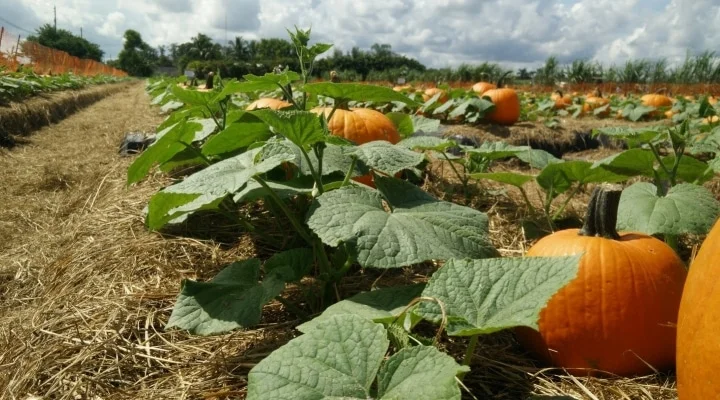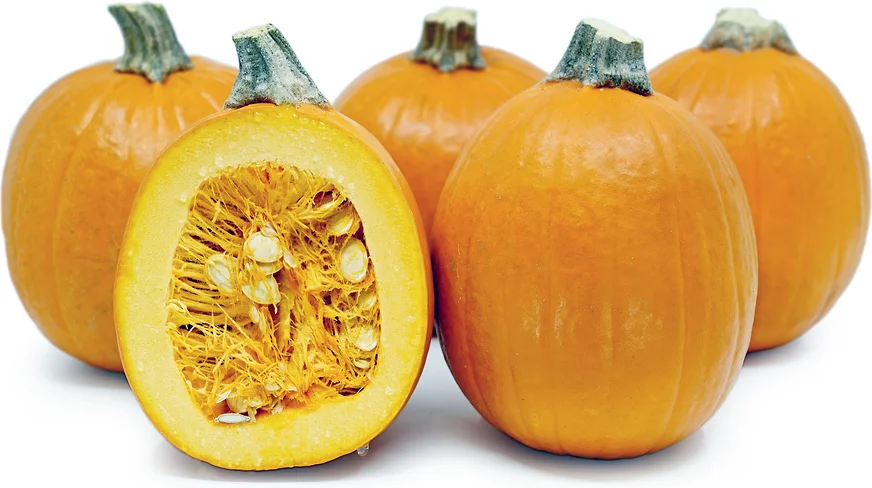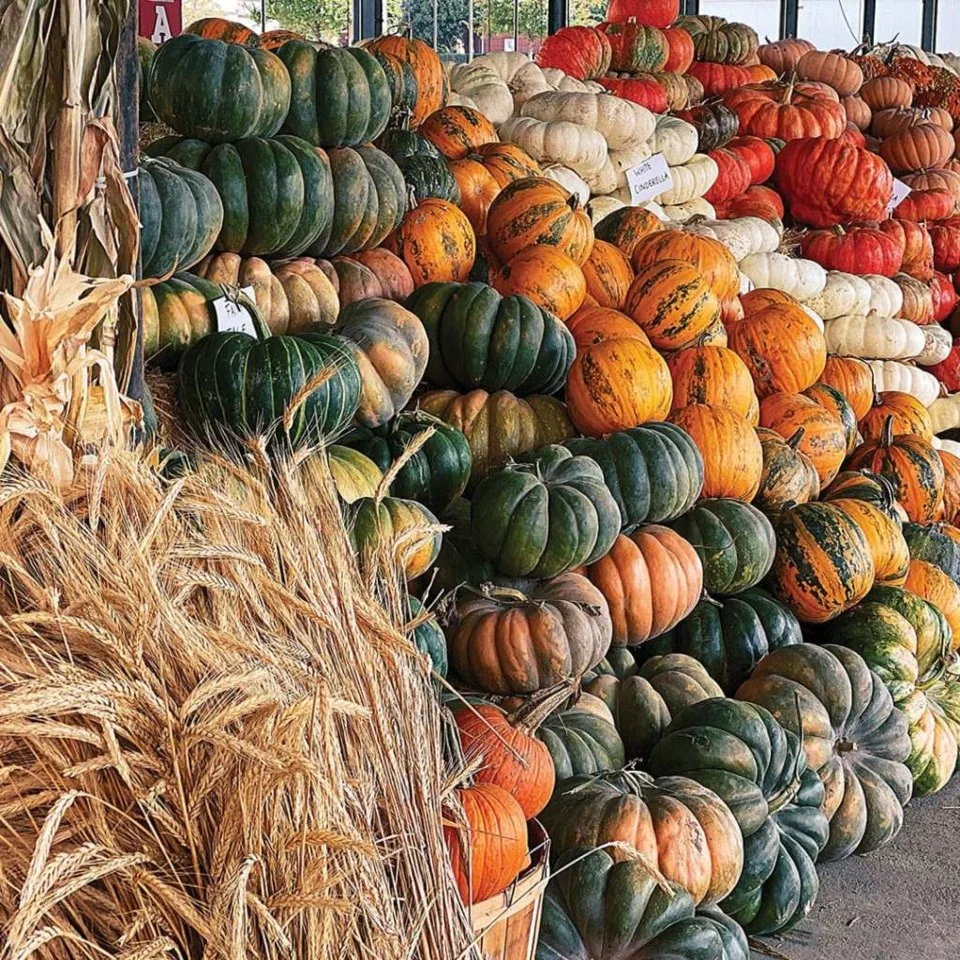
Pumpkins are a versatile and popular crop, cherished for their culinary uses, decorative appeal, and even health benefits. In Kenya, pumpkin farming is gaining traction due to the crop’s adaptability and high nutritional value. Whether you’re a seasoned farmer or a newcomer, choosing the right variety is crucial for a successful harvest.
This article will guide you through five of the best pumpkin farming varieties suitable for Kenyan conditions, highlighting their unique characteristics and growing requirements to help you make an informed decision.
Factors to Consider When Choosing a Pumpkin Variety
Before diving into the specifics of each pumpkin variety, it’s essential to consider several factors that can influence your choice:
- Climate and Growing Conditions: Kenya’s diverse climate zones mean you need to choose a variety that thrives in your specific region, whether it’s the highlands, coastal areas, or arid zones.
- Intended Use: Are you growing pumpkins for cooking, carving, or decorative purposes? Some varieties are better suited for specific uses.
- Space Requirements: Pumpkins can take up a lot of space. Consider the available space on your farm when choosing a variety.
- Disease Resistance: Opt for varieties that are resistant to common pumpkin diseases to ensure a healthy crop.
- Market Demand: Research which varieties are popular in local markets, supermarkets, and among consumers.
Top 5 Pumpkin Varieties for Kenyan Farmers
1. Sugar Pie Pumpkin

Description and Characteristics: Sugar Pie pumpkins are small to medium-sized pumpkins known for their sweet, dense flesh. They typically weigh between 2 to 5 kilograms.
Growing Requirements: They require full sun and well-drained soil. They thrive in regions with moderate rainfall, making them suitable for areas like Central and Western Kenya.
Best Uses: These pumpkins are ideal for baking and cooking, making excellent pies, soups, and purees.
Pros and Cons:
- Pros: Sweet flavor, easy to cook, manageable size.
- Cons: Smaller yield compared to larger varieties.
2. Jack-O’-Lantern Pumpkin
As the name suggests, Jack-O’-Lantern pumpkins are perfect for carving. They are medium to large pumpkins with a bright orange color and thick walls.
Growing Requirements: They need full sun and rich, well-drained soil. They grow well in various regions, including the Rift Valley and parts of Eastern Kenya.
Best Uses: Primarily used for carving and decoration, but can also be used for cooking.
Pros and Cons:
- Pros: Great for decoration, popular for festive seasons like Halloween.
- Cons: Flesh is not as sweet or dense as other varieties.
3. Cinderella Pumpkin (Rouge Vif d’Etampes)
Description and Characteristics: This heirloom variety is known for its unique, flattened shape and deep orange-red color. It resembles the pumpkin from the Cinderella fairy tale.
Growing Requirements: Prefers full sun and well-drained, fertile soil. Suitable for regions with moderate to high rainfall, such as the Central Highlands.
Best Uses: Suitable for both cooking and decoration due to its striking appearance and sweet flesh.
Pros and Cons:
- Pros: Attractive appearance, versatile use.
- Cons: Can be more challenging to find seeds.
4. Blue Hubbard Pumpkin
Description and Characteristics: Blue Hubbard pumpkins are large, with a distinctive blue-gray color. They can weigh up to 20 kilograms or more.
Growing Requirements: Needs full sun and well-drained soil. Best suited for cooler regions like the Kenyan highlands.
Best Uses: Excellent for storage and cooking, particularly in soups and stews.
Pros and Cons:
- Pros: Long shelf life, unique color.
- Cons: Large size can be unwieldy, thick skin can be tough to cut.
5. Jarrahdale Pumpkin
Description and Characteristics: Jarrahdale pumpkins are an Australian variety known for their slate-blue skin and sweet, bright orange flesh.
Growing Requirements: Requires full sun and well-drained soil. Suitable for a wide range of Kenyan climates, from coastal regions to highlands.
Best Uses: Ideal for cooking, storage, and decoration.
Pros and Cons:
- Pros: Long shelf life, attractive color.
- Cons: Can be difficult to source seeds.
Tips for Successful Pumpkin Farming in Kenya
- Soil Preparation and Planting: Prepare the soil by adding compost or well-rotted manure. Plant seeds in hills or rows, ensuring they have plenty of space to grow. Raised beds can be beneficial in regions with heavy rainfall.
- Watering and Fertilization: Keep the soil consistently moist but not waterlogged. Use drip irrigation to conserve water, especially in arid regions. Fertilize regularly with a balanced fertilizer to promote healthy growth.
- Pest and Disease Management: Monitor for pests such as squash bugs and aphids. Use organic or chemical treatments as needed. Rotate crops to prevent soil-borne diseases.
- Harvesting and Storage: Harvest pumpkins when they are fully mature and the skin is hard. Store in a cool, dry place to extend their shelf life. Proper storage is crucial in humid regions to prevent rot.
Conclusion
Choosing the right pumpkin variety can significantly impact your farming success in Kenya. Whether you’re growing pumpkins for their culinary uses, decorative appeal, or both, there’s a variety to suit your needs.
Experiment with different types to find what works best for your farm and market. With the right care and attention, you can enjoy a bountiful pumpkin harvest year after year.





Is there any specific company that buys pumpkins from farmers in Kenya?
Hello, that information we don’t an idea for we deal with organic fertilizer.